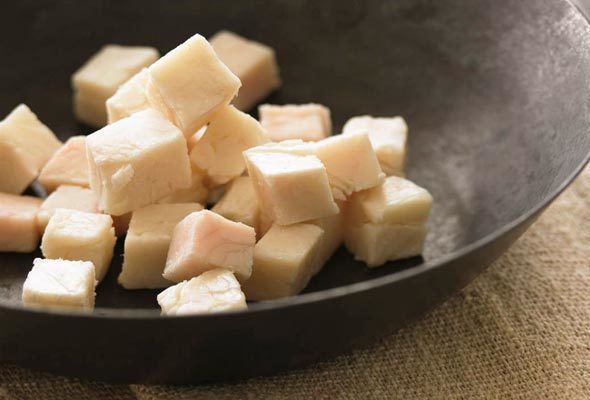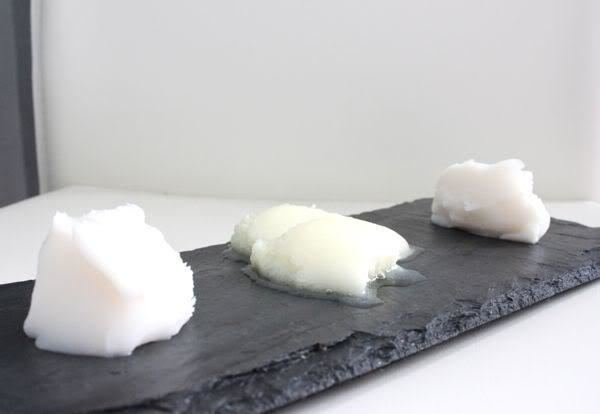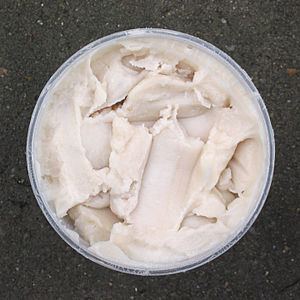Total unsaturated 56–62% Food energy per 100 g (3.5 oz) 3,770 kJ (900 kcal) | ||
 | ||
Melting point backfat: 30–40 °C (86–104 °F)leaf fat: 43–48 °C (109–118 °F)mixed fat: 36–45 °C (97–113 °F) Similar Vegetable oil, Tallow, Lard, Palm oil, Dairy product | ||
Animal fats oil extraction machine1
Animal fats and oils are lipid materials derived from animals. Physically, oils are liquid at room temperature, and fats are solid. Chemically, both fats and oils are composed of triglycerides. Although many animal parts and secretions may yield oil, in commercial practice, oil is extracted primarily from rendered tissue fats obtained from livestock animals like pigs, chickens and cows. Dairy products also yield popular animal fat and oil products such as cheese, butter, and milk.
Contents

Certain substances such as goose fat produce a higher smoke point than other animal fats, but are still lower than many vegetable oils such as olive or avocado.
In consumer meat products in the U.S., animal remains are found to be classified as Animal fats when the particle size of bone solids is more than 3 percent, protein content is less than 14 percent and or the product contains over 30 percent pure fat content.

Animal fats are commonly consumed as part of a western diet in their semi-solid form as either milk, butter, lard, schmaltz, and dripping or more commonly as filler in factory produced meat, pet food and fast-food products. Dairy products are animal secretions which contain varying levels of water, oils, fats and animal cells from circulatory and lymphatic systems such as blood and mammary glands.
How do plant and animal fats differ
Culinary uses
Many animal fats and oils are consumed directly, or indirectly as ingredients in food. The oils serve a number of purposes in this role:
Secondly, oils can be heated, and used to cook foods. Oils suitable for this purpose must have a high flash point.
